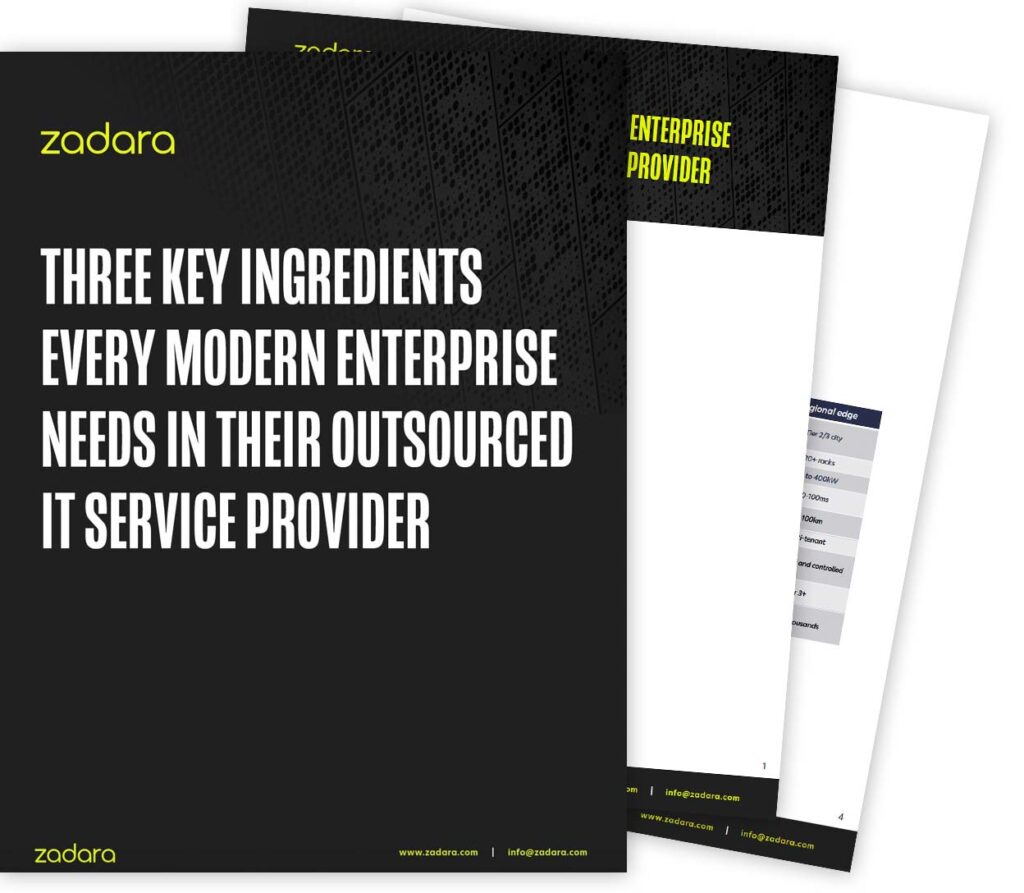The Industrial Internet is here and it’s growing fast.
What is the Industrial Internet? Jay Ireland, President and CEO of GE Africa, describes it this way:
“The Industrial Internet–which refers to the integration of complex physical machinery with networked sensors and software–is moving the world to a new era of innovation and change. The Industrial Internet draws together fields such as machine learning, big data, and machine-to-machine communication to ingest data from machines, analyze it (often in real time), and use it to adjust operations.”
The concept behind the Industrial Internet, sometimes called IIoT (Industrial Internet of Things) or M2M (Machine To Machine), is that we are entering an age in which virtually every device and every machine is internet equipped. These digital objects create vast amounts of data every day that must be securely transmitted, stored, and retrieved for analysis. And a fast-growing proportion of that activity is taking place in the cloud.
For example, GE, which coined the term “Industrial Internet,” anticipates capturing and transmitting in real time data from a myriad of sensors embedded in its next generation engines, such as the GEnX line being produced for the Boeing 747-8 and 787 jetliners. According to Anil Varma, a GE machine-learning researcher, those engines will produce more data in a single year than the company has collected in the entire history of its aviation business. The new Airbus A380-1000 is equipped with 10,000 sensors in each wing.
The reach of the IIoT is spreading quickly. Railroads have sensors embedded in their tracks, engines, and railway cars. A General Electric factory in Schenectady, New York, uses 10,000 sensors to support manufacturing of advanced batteries. A single line of the London Underground generates 32 terabytes of data each day.
IIoT data volume is growing fast
An obvious challenge the Industrial Internet has to surmount is the shear volume of data that must be transmitted and stored. The storage requirements include not only the amount required for the data itself, but also the additional capacity needed to replicate that data (using RAID or erasure coding) in diverse locations in order to provide secure backups. Cisco Systems projects that global cloud traffic will reach 6.5 zettabytes (6.5 billion terabytes) by 2018.
And the amount of data that Industrial Internet applications must store is not limited to immediate needs. Mike Matchett, a senior analyst and consultant at Taneja Group, speaks of “an emerging big data science principle that says the more data history one has the better.” The idea is that continuing analysis of big datasets over time can yield insights that would be lost if the data were discarded immediately after first use. So, IIoT storage capacity must accommodate not only immediate needs, but also the fact that many users will want to keep that data available for a long time.
With the amount of data that must be handled exploding on a yearly basis, many enterprises are discovering that their legacy systems are simply not equipped to keep up. This has accelerated the move to cloud storage, as companies determine that the costs of obtaining new capacity from Storage as a Service (STaaS) vendors like Zadara is far less than would be required to upgrade their data centers through capital spending. Many are taking a hybrid approach, in which they use their existing data centers for legacy applications and to store data for which geographically dispersed access is not required. But storage for newer IIoT applications, with their ever-expanding data storage requirements, is more naturally based in the cloud.
Approaches to handling IIoT data
Traditional block or file data storage systems are not very efficient at handling the vast amounts of unstructured data generated by the Industrial Internet. A better approach is the use of some combination of Objective storage and Software Defined Storage.
Object storage organizes data into flexibly sized units called objects, each of which contains not only the data itself, but also associated metadata. Each object is accessed using a unique global identifier. Since object identifiers exist in a flat address space, there is no additional overhead when more objects are added. This means that object storage systems are almost infinitely scalable. An additional plus is that the objects can be directly addressed via HTTP, allowing anywhere, anytime access to the data using any internet enabled device.
The advantage of Software Defined Storage is that it provides a common software interface to the storage system, regardless of the underlying hardware implementation. This means that connected devices need not be designed to accommodate varying storage architectures.
Data security is paramount
In the Industrial Internet, data security is at the highest level of priority. Hackers stealing emails is one thing; intruders potentially taking control of machines or processes on the factory floor or on an airplane in flight is another.
A great advantage of cloud data storage is that a provider like Zadara takes responsibility for the protection of the data entrusted to them. They are experts at ensuring that only authorized users have access to that data, and that secure backups, spread over multiple geographical locations so that a disaster at one facility does not pose an existential threat, are maintained. Zadara Storage also provides “resource isolation” ensuring that every customer is given their own storage resources (e.g., disk drives, cores, network connections, etc.) to ensure the highest levels of security and performance. Most cloud providers simply store multiple customers on the same disk drives – commingling data. In today’s high-threat environment, maintaining the security of a company’s mission-critical data requires the expertise and focused attention a specialized provider like Zadara can supply.
As the Industrial Internet expands its reach into more and more areas of the economy, the data storage challenges it poses to companies trying to keep up can be expected to grow at an accelerated rate. If you would like to explore how cloud data storage can help position your company to take advantage of the growth opportunities the Industrial Internet is creating, please contact us.






